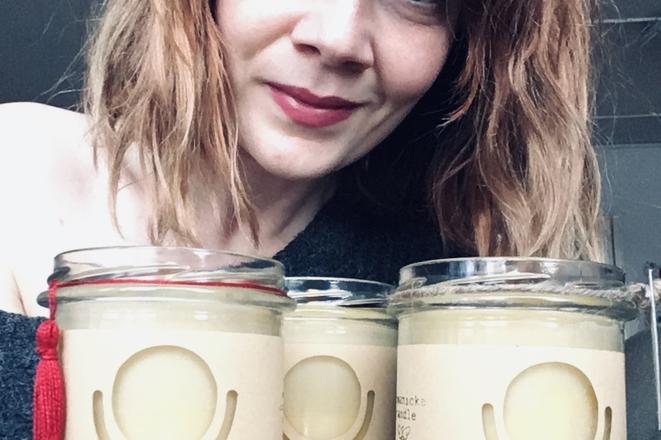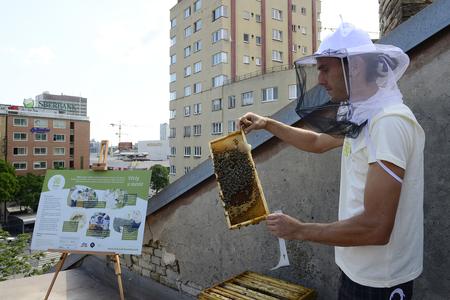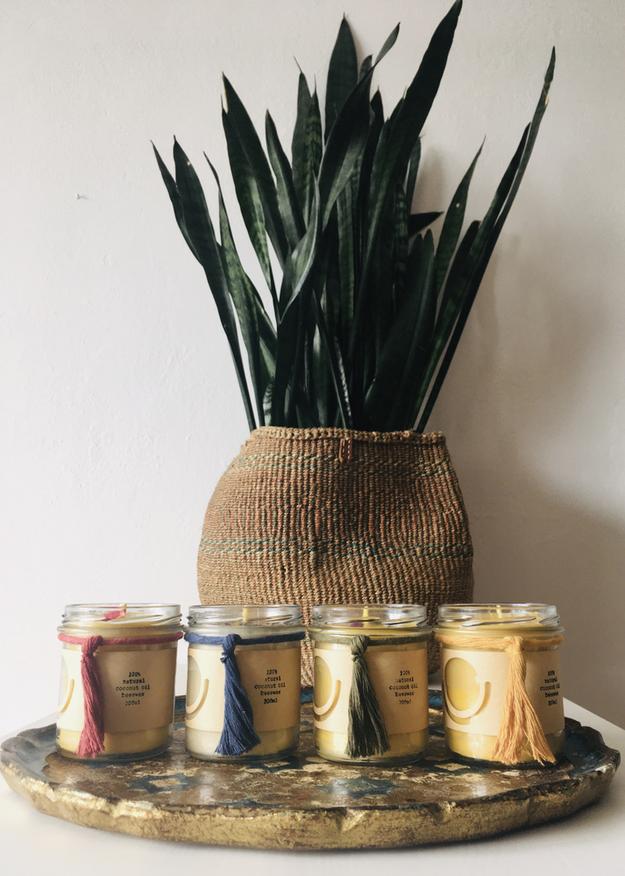Zuzana Kopanicová has always loved candles and always had a burning candle in her household. However, when she found out that toxic substances are emitted into the air when burning paraffin, a petroleum product from which candles are usually made, she began searching for healthier alternatives. She tried to make candles out of soy or palm wax, but it was beeswax that tugged at her heartstrings.
“For me, making beeswax candles encompasses a wonderful spiritual moment of how this material is made and how fragile these resources are,” said Kopanicová at the beginning of a workshop for the production of beeswax candles, held at the Hostinec u Klačkov inn in the Biele Karpaty mountains. “Unlike the world of humans, in which we compete for more success, bees do not need such stimuli to fulfil their mission.”
Honey bees produce beeswax with the wax-producing glands in the abdominal segments of worker bees comprising tiny scales. The bees then collect the beeswax and create cells for honey storage as well as larval and pupal protection. Bees have to produce about 1.25 million small wax scales for one kilo of wax. However, wax is only produced by young workers aged 12-18 days. Mothers and drones have no wax-producing glands at all.
Beeswax improves air quality when burning. It produces negative ions that purify the air of dust, mould, pollen and other allergens, highly suitable for those suffering from allergies. The substance relieves asthma symptoms and also soothes mucous membranes.
“In addition, a beeswax candle will subtly scent your entire household,” said Kopanicová.




